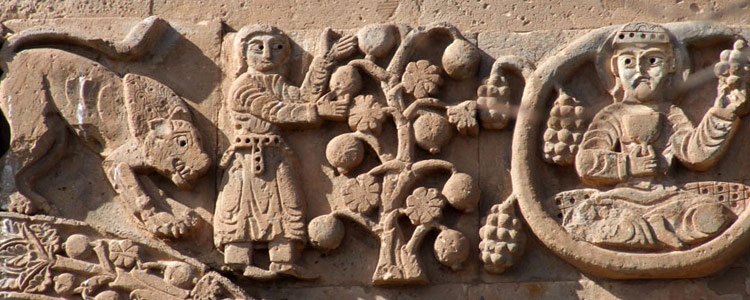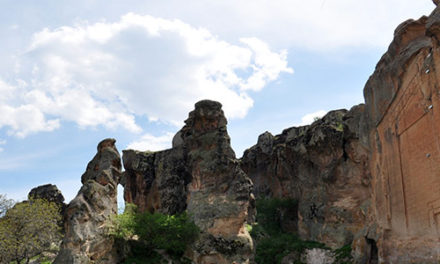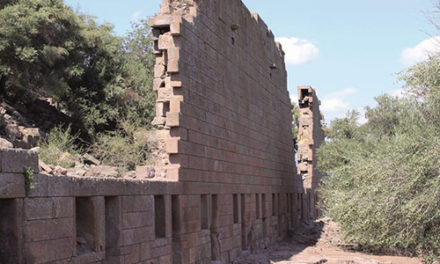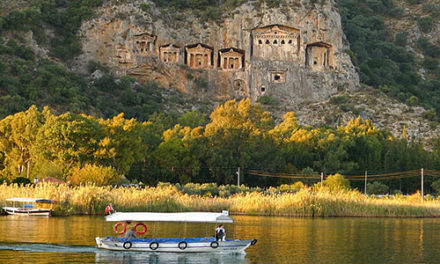Armenia lies in the highlands surrounding the Biblical mountains of Ararat, upon which, according to Judeo-Christian history, Noah’s Ark came to rest after the flood (Gen 8:4).
In the Bronze Age, who successively established their sovereignty over the Armenian Highlands. Each of the aforementioned nations and tribes participated in the ethnogenesis of the Armenian people. Yerevan, the modern capital of Armenia, was founded in 782 BC by king Argishti I.several states flourished in the area of Greater Armenia, including the Hittite Empire (at the height of its power), Mitanni (South-Western historical Armenia), and Hayasa-Azzi (1600-1200 BC). Soon after the Hayasa-Azzi were the Nairi (1400-1000 BC) and the Kingdom of Urartu (1000-600 BC)
T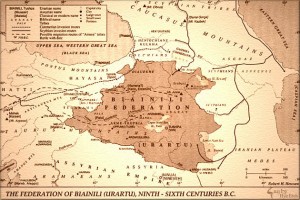 he first state that was called Armenia by neighboring peoples (Hecataeus of Miletus and Behistun Inscription) was established in the early sixth century BC under the Orontid dynasty. At its zenith (95–65 BC), the state extended from the Caucasus all the way to what is now central Turkey, Lebanon, and northern Iran. The imperial reign of Tigranes the Great is thus the span of time during which Armenia itself conquered areas populated by other peoples. Later it briefly became part of the Roman Empire (AD 114–118).
he first state that was called Armenia by neighboring peoples (Hecataeus of Miletus and Behistun Inscription) was established in the early sixth century BC under the Orontid dynasty. At its zenith (95–65 BC), the state extended from the Caucasus all the way to what is now central Turkey, Lebanon, and northern Iran. The imperial reign of Tigranes the Great is thus the span of time during which Armenia itself conquered areas populated by other peoples. Later it briefly became part of the Roman Empire (AD 114–118).
From the time of the state of Hayasas, until that of Artaxias I, more than one thousand years elapsed, and during that period the Hayasas, the Armens, the people of Nairi and other ethnic elements were integrated, became one nation, spoke the same language, and lived together in a country that became known as Armenia.
The Arsacid Kingdom of Armenia was the first state to adopt Christianity as its religion. In 301 AD, Armenia adopted Christianity as a state religion, becoming the first nation to do so Later on, in order to further strengthen the Armenian national identity, Mesrop Mashtots invented the Armenian alphabet. This event ushered the Golden Age of Armenia, during which many foreign books and manuscripts were translated to Armenian by Mesrop’s pupils. Armenia lost its sovereignty in 428 to the Byzantine and Persian Empires.
In 885 the Armenians reestablished themselves as a sovereign entity under the leadership of Ashot I of the Bagratid Dynasty. A considerable portion of the Armenian nobility and peasantry fled the Byzantine occupation of Bagratid Armenia in 1045, and the subsequent invasion of the region by Seljuk Turks in 1064. They settled in large numbers in Cilicia, an Anatolian region where Armenians were already established as a minority since Roman times. In 1080, they founded an independent Armenian Principality then Kingdom of Cilicia, which became the focus of Armenian nationalism. The Armenians developed close social, cultural, military, and religious ties with nearby Crusader States, but eventually succumbed to the Mamluk invaders.
In the 16th century, Eastern Armenia was conquered by the Persian Safavid Empire, while Western Armenia fell under Ottoman rule. In the 1820s, parts of historic Armenia under Persian control centering on Yerevan and Lake Sevan were incorporated into the Russian Empire, but Western Armenia remained in the Ottoman Empire. During these times, Armenians depended on the Church to preserve and protect their identity.

